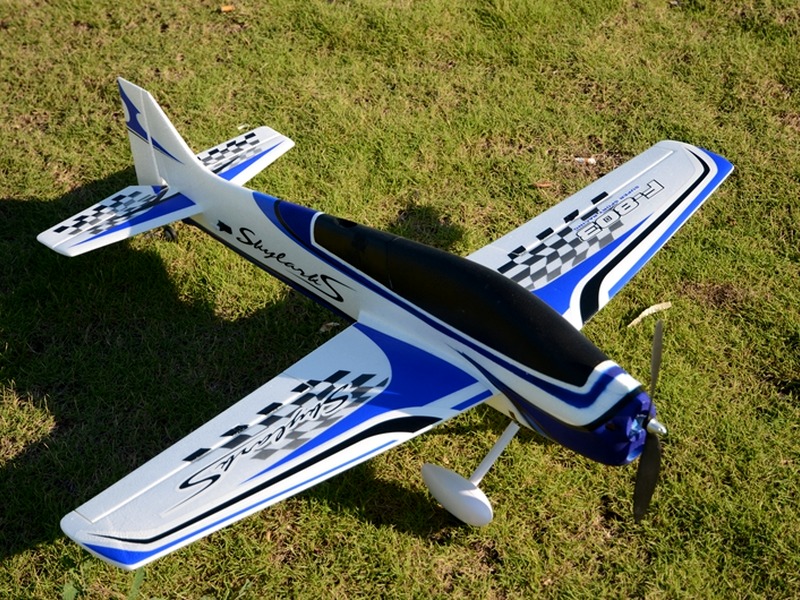What is the easiest RC jet to fly?

The easiest RC jet to fly is the F-86 Sabre EDF Jet from Freewing. This foam-constructed jet is designed with the beginner in mind and is the perfect choice for those looking to get into the world of RC jets. The F-86 Sabre EDF Jet is an electric-powered, delta-winged, scale model of the classic North American F-86 Sabre fighter jet. This model has been designed to provide a realistic look and feel, while also offering an easy-to-fly experience.
The F-86 Sabre EDF Jet is powered by a single 6S LiPo battery, and is equipped with an 80mm EDF (Electric Ducted Fan) unit. This EDF unit provides plenty of thrust and is capable of reaching speeds of up to 90mph. The F-86 Sabre EDF Jet also features a brushless motor and digital servos, which provide smooth and precise control. The jet is constructed from durable EPO foam, which is lightweight yet strong.
The F-86 Sabre EDF Jet is a great choice for beginners, as it is designed to be simple to fly. The jet features an easy-to-use three-channel control system, which allows you to control the throttle, rudder, and elevator. The jet also features an auto-leveling system, which helps keep the jet stable and level in the air. The F-86 Sabre EDF Jet is also equipped with a gyro-stabilized flight control system, which helps to keep the jet on course.
In addition to being easy to fly, the F-86 Sabre EDF Jet is also easy to assemble. The jet comes almost completely pre-assembled, with only a few minor steps required before it is ready to fly. The jet also comes with detailed instructions, which makes it easy to understand and follow.
The F-86 Sabre EDF Jet is a great choice for those looking to get into the world of RC jets. It is designed with the beginner in mind and is easy to assemble, fly, and maintain. Its powerful EDF unit provides plenty of thrust and its gyro-stabilized flight control system helps keep the jet on course. With its realistic look and feel, the F-86 Sabre EDF Jet is the perfect choice for those looking to get into the world of RC jets.
Comments / Question
2. Practice basic maneuvers such as climb, turn and descent.
3. When comfortable with these, practice combining them into larger maneuvers such as loops and rolls.
4. Focus on mastering throttle control, as this is the single most important factor in successful RC jet flying.
5. Incorporate radio automation features such as Exponential and Dual Rates when appropriate to make flying more precise and enjoyable.
6. Utilize the simulator to practice and fine-tune the skills learned from flying in the field before attempting real-world operations.
7. Follow safety protocols and proven techniques when flying to ensure a pleasurable and safe experience.
2. Low thrust-to-weight ratio: A low thrust-to-weight ratio makes an RC jet easier to fly because it reduces the amount of power needed to keep the jet in the air.
3. Low center of gravity: A low center of gravity makes an RC jet easier to fly because it helps the jet stay balanced and stable in the air.
4. High-lift airfoil: A high-lift airfoil makes an RC jet easier to fly because it increases the amount of lift generated by the wings.
5. High-efficiency motor: A high-efficiency motor makes an RC jet easier to fly because it reduces the amount of power needed to keep the jet in the air.

